Almost all creatures of the world are susceptible to heatstroke, but when it comes to fragile little birds like quails, they may be especially at risk since their natural defenses against the heat could be less effective.
Some quail breeds perform better in the heat than others, but when temperatures get close to 100°F (37.7°C) in the summer, all quails will suffer.
If you do not take specific precautions during such intense heat, your quails will be at risk of heat exhaustion.
Read on to find out what quails need during a heat wave and what you can do to help them.
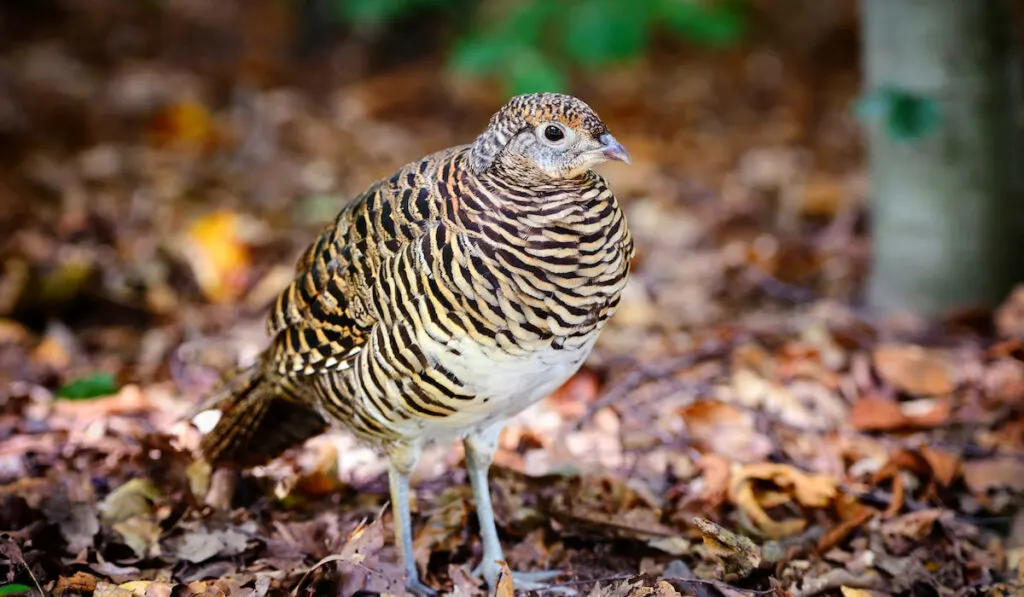
Table of Contents
Quails’ Summer Heat Tolerance
Quails can live in a wide range of temperatures but perform best in mild weather conditions.
When the temperature hits about 80°F (26.6°C), you should make life cooler for your quails. Always remember that temperatures beyond 100°F (37.7°C) might be fatal for these little birds.
Heat alone could be dangerous for your quails, but the combination of hot weather and excessive humidity creates a much greater risk to their health.
Heat stroke occurs when a quail’s body temperature rises dangerously high, and the bird cannot cool itself down quickly enough.
Signs of heat stress in quails include:
- Panting
- Spreading their wings while lying on the ground
- Not eating as much as normal
- Being physically weaker
- Drooping or/and lethargic
- Laying eggs that are smaller than usual
- Less ability to lay eggs
- Thin and fragile eggshells
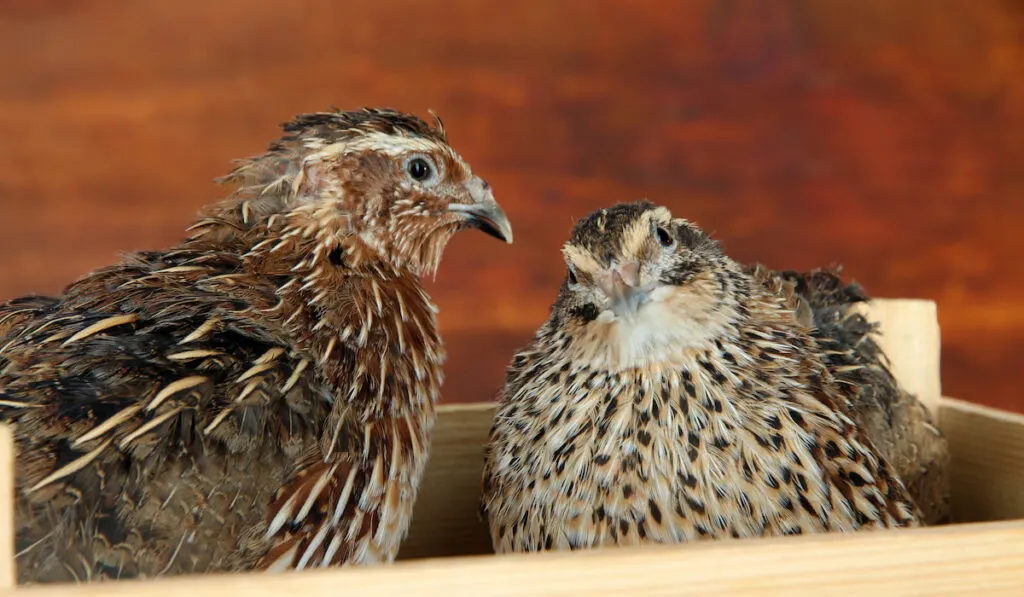
How Quails Beat the Heat?
Like other birds, quails don’t have sweat glands to help them cool off. But birds have found other ways to keep their body temperature down.
As you can imagine, this can be hard because their feathers cover most of their bodies, which doesn’t help when trying to keep cool in the summer breeze.
So how do quails keep from getting too hot?
There are two types of ways that quails can deal with the heat: physical means and behavioral adaptations.
Physical Mechanisms
Panting
Even though birds can’t sweat, they can get the same effect by quickly breathing with their beaks open.
This lets more air pass over the moist insides of their mouth and throat, which cools them through evaporation.
Gular Fluttering
After opening its beak widely, a bird will flutter the muscles in its throat known as the gular muscle. This supports the rapid heat removal from the body via the lungs while also bringing in cool air to help lower body temperature.
Bare skin
For humans, exposing some skin during the warm months is a tried-and-true method of staying cool.
Birds cannot shed their feathers to cool off quickly, but they use their bare parts to fight the heat. The face, legs, and feet, all of which are not covered by feathers, allow faster heat loss.
Even a tiny piece of skin, like the ring around a bird’s eye, can help it to cool down on hot days.
Behavioral Adaptations
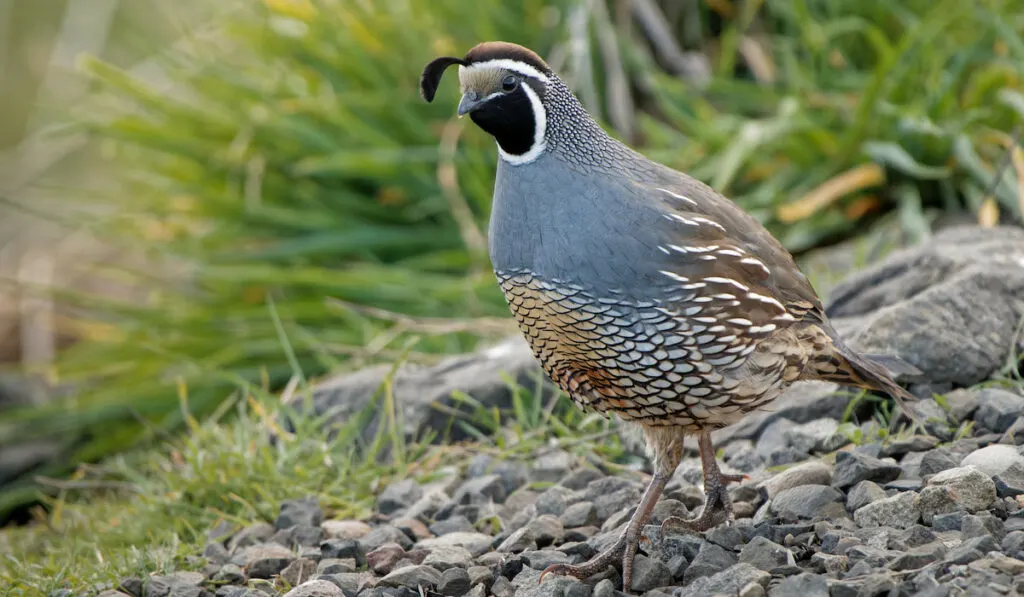
To maintain a comfortable internal temperature, birds adopt several different behavioral strategies.
Spreading feathers
By spreading their feathers and opening their wings, they let air flow over their bodies to cool themselves down.
Contact with a cold surface
Quails will dig into the colder parts of the ground and lie down there to stay cool and avoid overheating.
Activity
You might notice that your quails don’t move around as much when it’s hot. This keeps them cool and makes them use less energy.
When temperatures rise, quails will forage for food in the cooler hours of the day, typically the early morning and late afternoon or evening.
First-aid for Quails Suffering from Heat Stroke
If a quail shows signs of heat stress, it must be cooled down quickly by spraying it with water or dampening it with a cool sponge placed under its wings, feet, and beak.
If your animal’s health is in danger, you should always call your vet for help.
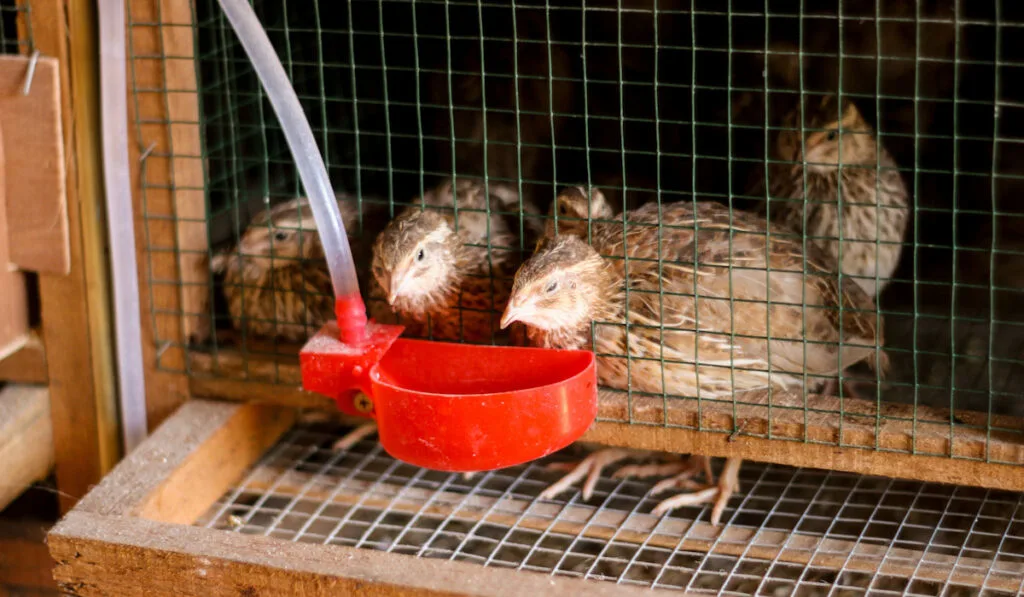
10 Tips to Keep Quail Cool
1. Freshwater
To stay hydrated in the heat, quails must always have access to fresh, clean, cool water.
A single-gallon waterer is enough to supply around 20 quails. But quails often dirty their water, so you need to refresh it several times a day. Stale, smelly water isn’t good for your birds’ health, and if they drink it, it could make them sick.
Try to put the water dish up off the ground to keep the quail from making the water dirty when they drink and to make it hard for them to splash water out.
It would be best to clean the waterers every other day using a brush and dish soap.
2. Plants in the Aviary
If your quails live outside, try to provide them with natural plant shade.
In this case, a few bushes will do just fine; larger trees are unnecessary. Plants in containers can be a fast and easy fix as well.
Your quail will appreciate the coolness that natural shade provides during the day.
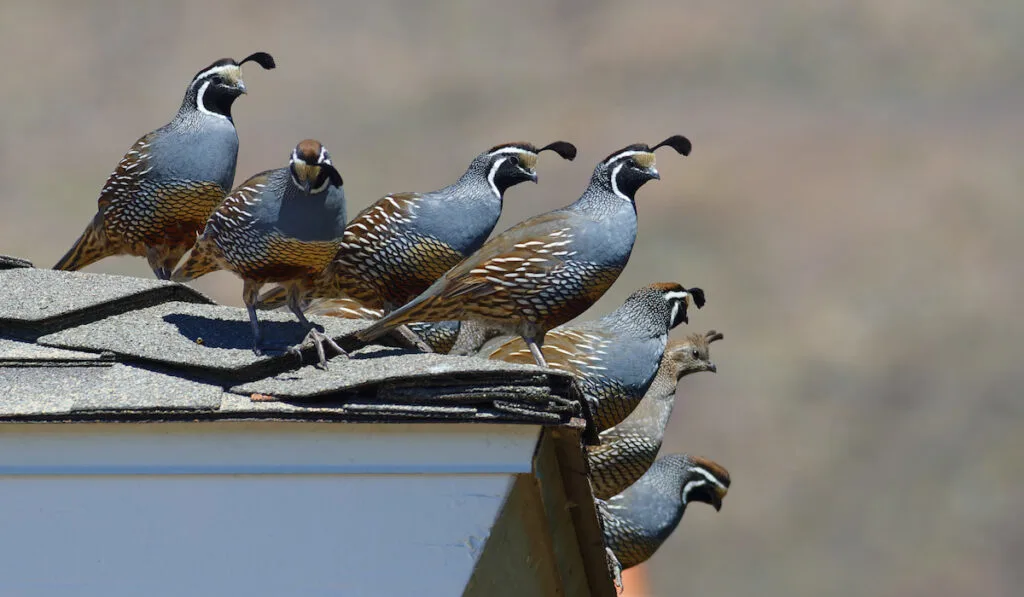
3. Artificial Shadow
There are low-cost and straightforward alternatives if you cannot rely on the natural shade of leaves and branches for your quails.
You can make a shady corner with the help of an old umbrella. If you want to take it a step further, you can stretch old curtains, a blanket, or fabric over several poles.
More effective shade can be achieved with thicker, darker materials that don’t let the sun’s rays through.
But if you like to do things yourself or want a permanent solution, put up a roofed wooden structure. This more permanent structure will also look great.
4. Hiding Places
If there is enough space in the quail’s aviary, you can provide them with hiding places by adding just a few natural materials.
You can use simple finds from a nearby forest or garden, such as tree trunks, logs, or larger branches. Your quail will love those woody covers!
This will make the aviary more interesting for them, but above all, you will create additional spots to rest from the sun.
In the summer, this kind of thermal shelter can be up to 20°F (-6°C) cooler than its surroundings. You may make the hiding places cooler by putting them in the shade or spraying them with water.
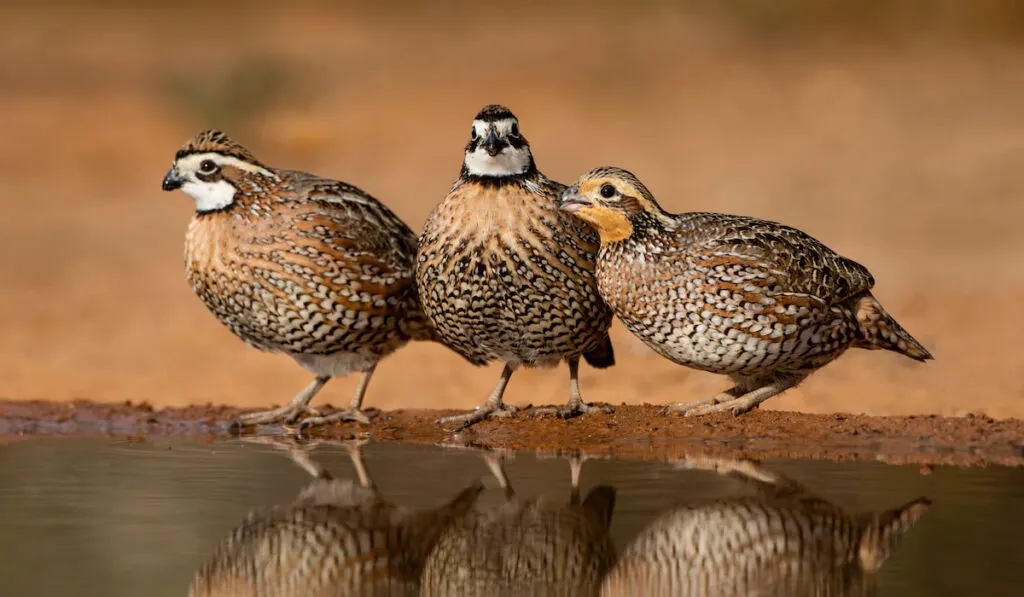
5. Let Them Get Their Feet Wet
Quails can take advantage of their lack of feathers on their legs and feet to lower their body temperature.
To help your quails beat the heat, you only need a shallow dish and a couple of inches of water. This simple solution will allow your quails to wet their feet on hot days to cool off.
If electricity is available, you can install a small fountain to keep the water in an aviary clean and cool for much longer.
6. Mist
If you mist the inside of the aviary with a mister, the temperature will drop.
Misters are a quick and dependable method for combating the heat. They can quickly reduce the temperature by up to 30 degrees!
Simply purchase a misting adapter for your garden hose and leave it on. The mist will not only give your quails a much-needed break from the heat, but it can also make cooling mud baths.
7. Cool Ground
Contact with a cooler surface will help the quail’s body temperature drop.
The quail burrows until it uncovers a cooler layer in the ground, then lies down and relaxes. Its body cools down through contact with the cold soil, and the hot day becomes easier to bear.
To help your quails keep cool, water the areas of the aviary where they rest so that the soil is cool and moist.
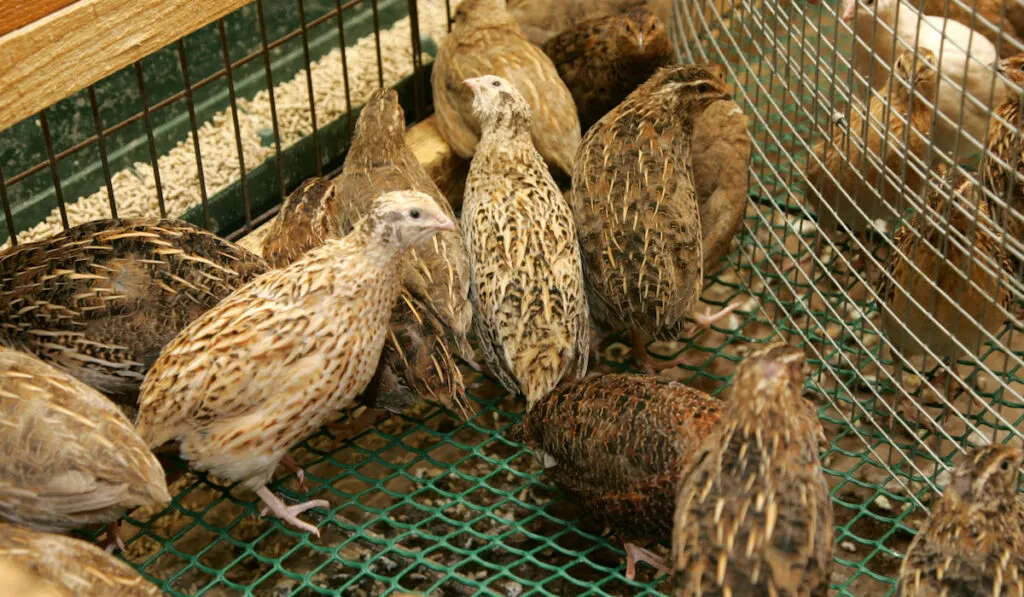
8. Ventilation
A breezy day feels around 10⁰F (-12°C) cooler than a still day. For this reason, quails can much more easily regulate their body temperature when there is a steady breeze around.
One square foot of ventilation per 10 square feet of floor space is a good rule of thumb for sizing ventilation in a coop.
But if your coop doesn’t have enough airflow and the temperature inside is too high, you might want to install fans to keep the temperature down.
9. Summer Diet
When a bird’s digestive system is working, it generates body heat. Simply put, the more active the quail’s gut is, the hotter the bird will be.
Quail feed should be adjusted when the weather heats up since the birds no longer require the same amount of calories as they do in the winter.
The digestion of foods high in fat and protein, such as potatoes and mealworms, causes a bigger increase in body temperature than foods high in water content, such as leafy greens and raw fruits and vegetables.
Additionally, the high amount of water in fruits and vegetables helps quail keep their bodies cool.
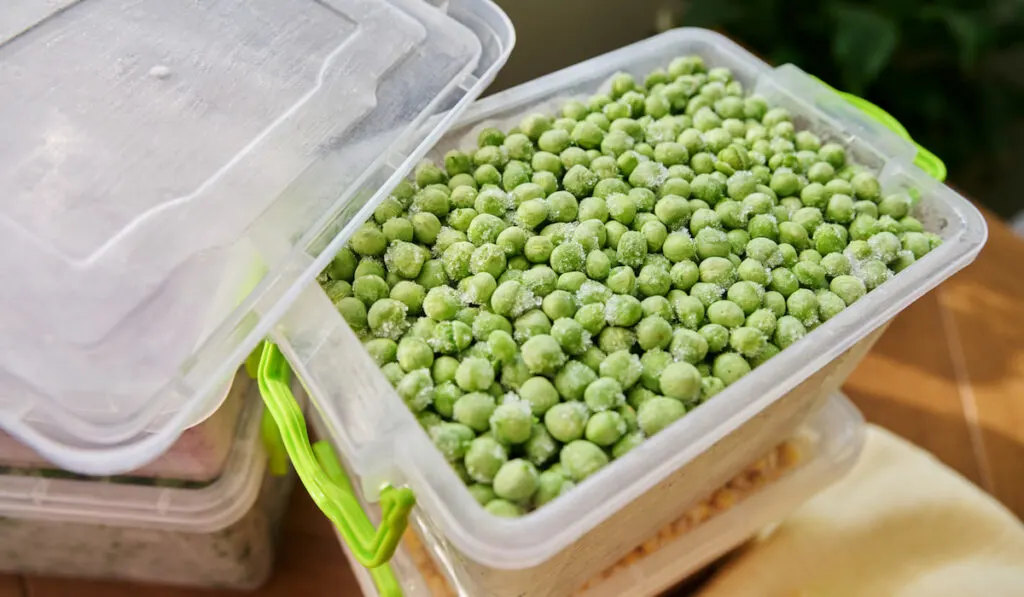
10. Summer Snacks
Treat your quails with some refreshing frozen goodies to help them beat the heat and replace the lost fluids.
Slice up some fresh produce and leave it in the freezer for a few hours to make some frozen snacks.
Put frozen treats in containers around the aviary for your quails to find or scatter them around. This kind of feeding will also provide mental and physical exercise for your birds.
Here are some delicious green produce options:
Leafy greens:
- Broccoli
- Peas
- Radish
Berries and fruits:
- Blackberries
- Apples
- Huckleberries
- Grapes
- Currants
Avocados, tomato stems and leaves, raw potatoes or eggs, and citrus fruits are toxic and, therefore, dangerous to quails.
Final Thoughts
Quails are tough creatures, yet even they require special attention in hot weather.
To ensure the health and happiness of your quail flock in the summer, provide them with plenty of fresh water and a shady place to escape the heat.
Keep an eye on the weather forecast so you can deal with any problems immediately and ensure your birds’ health is never in danger.
Resources
- https://www.ckwri.tamuk.edu/news-events/wonder-how-quail-survive-heat
- https://animalworldfacts.com/why-is-your-quail-panting-cause-prevention/
- https://quailforever.org/Habitat/Why-Habitat/Quail-Facts/Effects-of-Weather.aspx
- https://publications.cta.int/media/publications/downloads/1934_PDF.pdf
- https://web.stanford.edu/group/stanfordbirds/text/essays/Temperature_Regulation.html
- https://www.southwestgamebirds.com/2022/07/03/farmingintheheat/
- https://www.betterpetsandgardens.com.au/pet-care/birds-and-poultry/keeping-your-bird-cool/
- https://www.littleredacres.com/caring-for-quail-in-the-summer/
- https://www.wikihow.com/Keep-Your-Quail-Happy
- https://a-z-animals.com/blog/what-do-quails-eat-their-5-favorite-foods/
